Shut up and Listen!
Last week I spent my week solely focused on stakeholder engagement. The week started out with facilitating a board strategy day followed by one-on-one interviews with employees across all stages of the value chain. It’s a big part of what I do, and over the years, I’ve learned that one essential skill underpins successful engagement, the ability to listen.
Engagement, a cornerstone of communication, is critical in the workplace for fostering positive relationships and ultimately, achieving better business outcomes. Yet, if I had a dollar for every resume claiming “I’m a great communicator,” I’d be well on my way to retirement. The reality is that many people struggle with one fundamental aspect of communication - true engagement.
Why? Because we don’t know how to listen.
You can sit through endless meetings or have countless conversations, but if you’re not truly listening, you’re not truly engaging. Stakeholder engagement isn’t about showing off how much you know or giving solutions to what you are hearing, but rather about being informed so that you can open the dialogue and stay curious to help you get beneath the surface.
The feedback I received from the countless stakeholders on how the engagement style made them feel has given me pause to reflect and share my knowledge with others so that we can become great communicators.
1. Create the Right Environment
Make sure the person you’re speaking with feels like the most important person in the room. Set up a space where both of you feel safe and comfortable. Physical and emotional safety is key to open dialogue. I have undertaken engagement in some pretty whacky places, but at the end of the day, the focus has to be on the person you are engaging with. If they are comfortable, they will be more likely to share and connect with you. This week, I had a great session undertaking a stakeholder interview with an agronomy team in the avocado orchard (pictured) which happens to also be Australia’s second densest avocado orchard. During this time not only did I learn some incredible insights and perspectives, I broadened my knowledge about the business more broadly and their innovative approach to agronomy.
2. Practice Active Listening
Active listening is at the heart of true engagement. Start by asking questions when it’s appropriate, but resist the urge to interrupt, this moment is not about you. Stay calm, breathe, and focus entirely on the person in front of you. Your brain will naturally want to jump ahead, thinking of the next question or a possible solution, but true engagement happens when you silence that internal noise and give your full attention. To ensure understanding, repeat back what you’ve heard. A simple phrase like, “May I confirm I’ve understood correctly by summarising what you’ve shared?” not only clarifies the discussion but also shows the other person that you value their input.
3. Pay Attention to Non Verbal Cues
What’s not being said can be just as important as the words being spoken. Watch for subtle non verbal cues. They often reveal more than the conversation itself.
4. Collaborate on Solutions
Don’t jump straight into solution mode. Take your time to reflect, revisit the conversation if necessary and work together to find an approach that works for everyone. Be willing to compromise. Ensure there’s a shared understanding of what happens next. Clarify any agreed actions and provide space for further questions. Again, watch for those non-verbal cues. Do they match what’s being said?
5. Follow Through
Engagement doesn’t end when the conversation does. It's what happens next that truly matters. Following through shows you value the other person’s time and trust, and it cements the foundation of your relationship. Even if the conversation didn’t result in specific actions, take a moment to reflect on the exchange. A thoughtful follow up, whether it’s a simple thank you or a quick email to recap and confirm, demonstrates reliability and respect. If there are agreed actions, deliver on them promptly and proactively. Trust is built when people see you’re not just listening but are genuinely invested in turning words into meaningful outcomes. Following through is the difference between making a connection and making an impact.
Engagement requires self awareness, self control, and a commitment to just shut up, listen, and focus. Even after years of practice, I constantly check myself. It’s not easy, and it takes patience and effort.
But the rewards are worth it. Mastering the art of engagement isn’t just about better communication, it’s the foundation for stronger relationships, healthier workplace cultures, and meaningful change.
If you’d like to master yours or your team’s engagement skills or are looking for support in stakeholder engagement for your organisation, reach out to learn more about our strategic advisory services and training programs.

